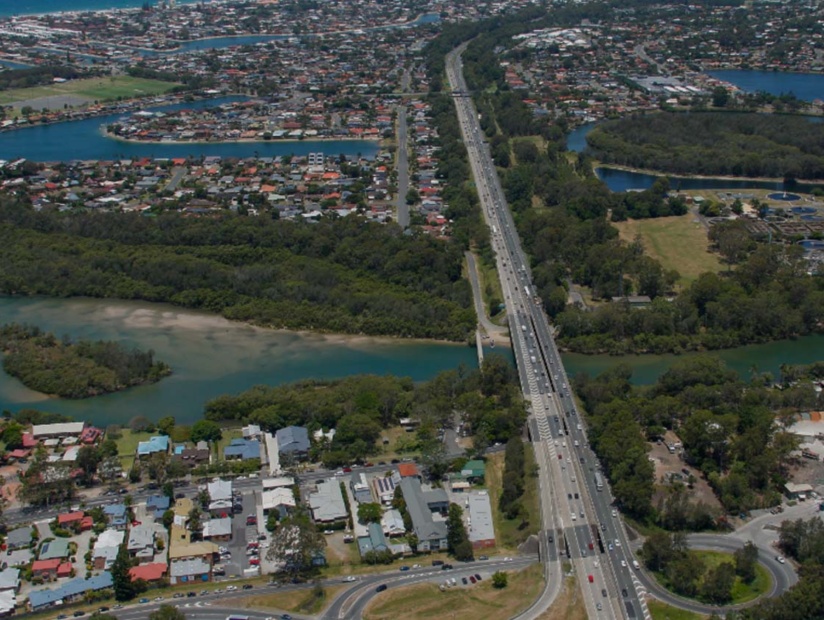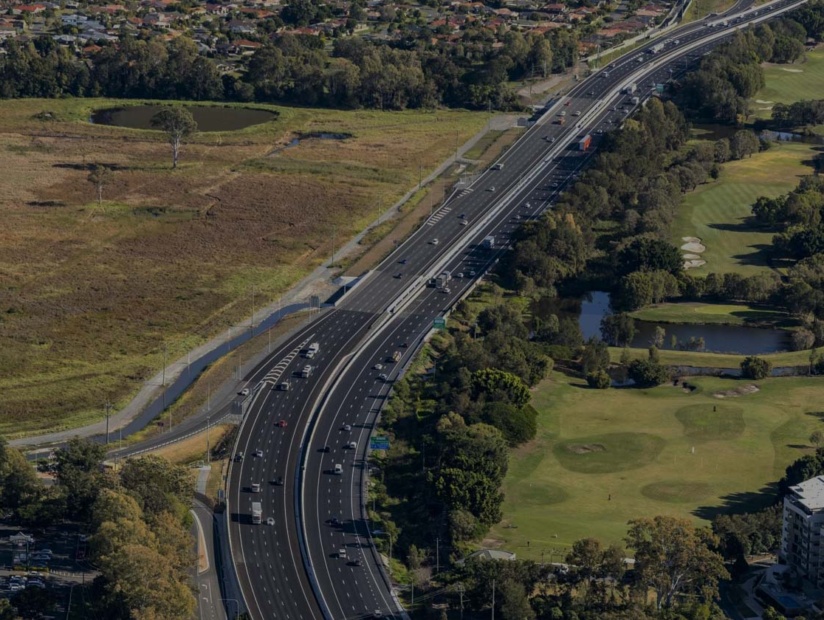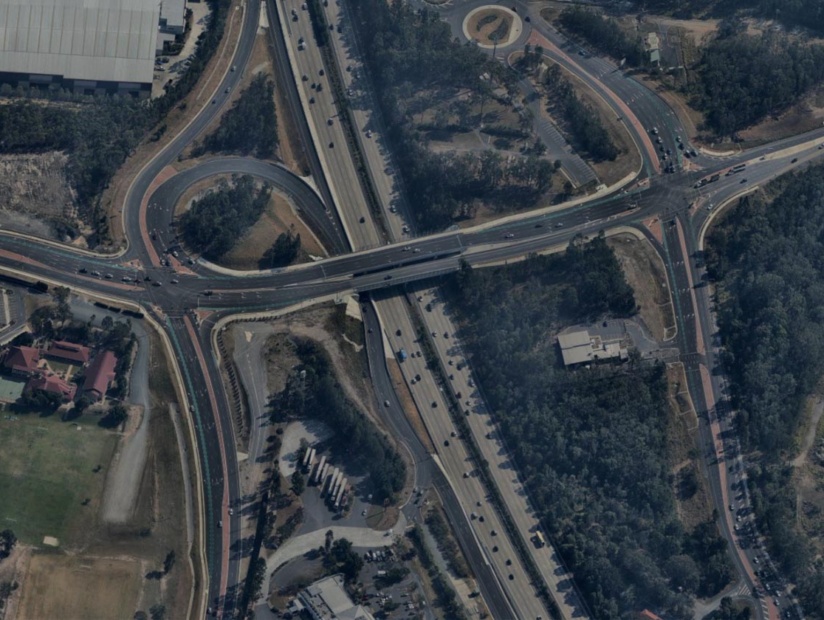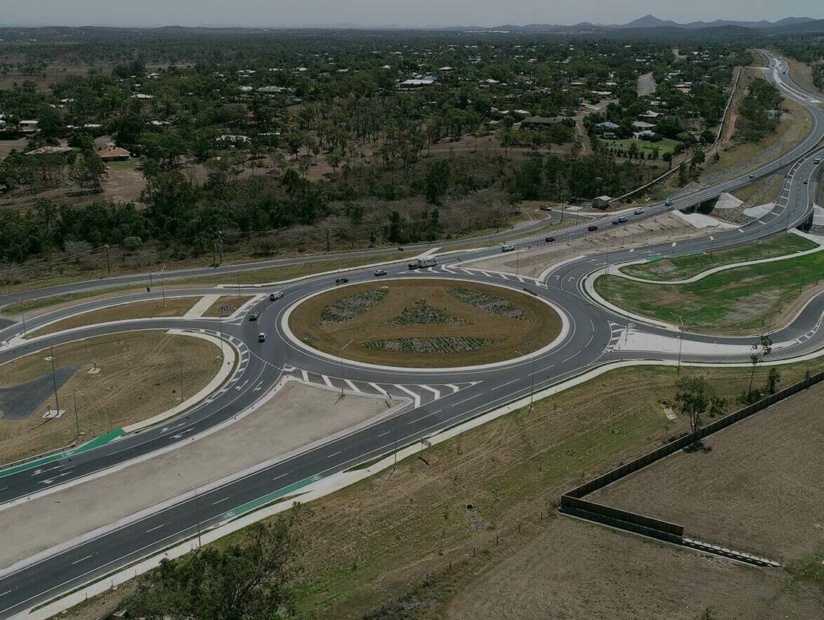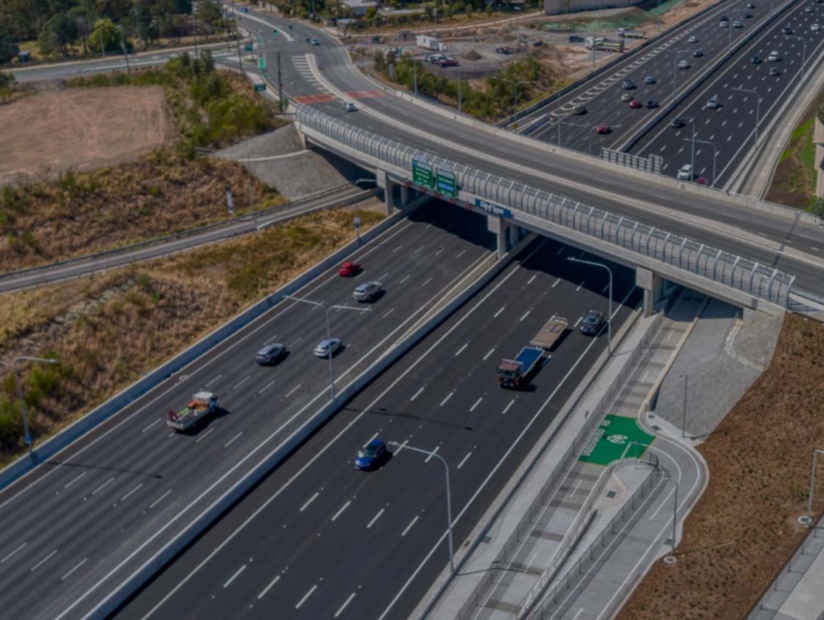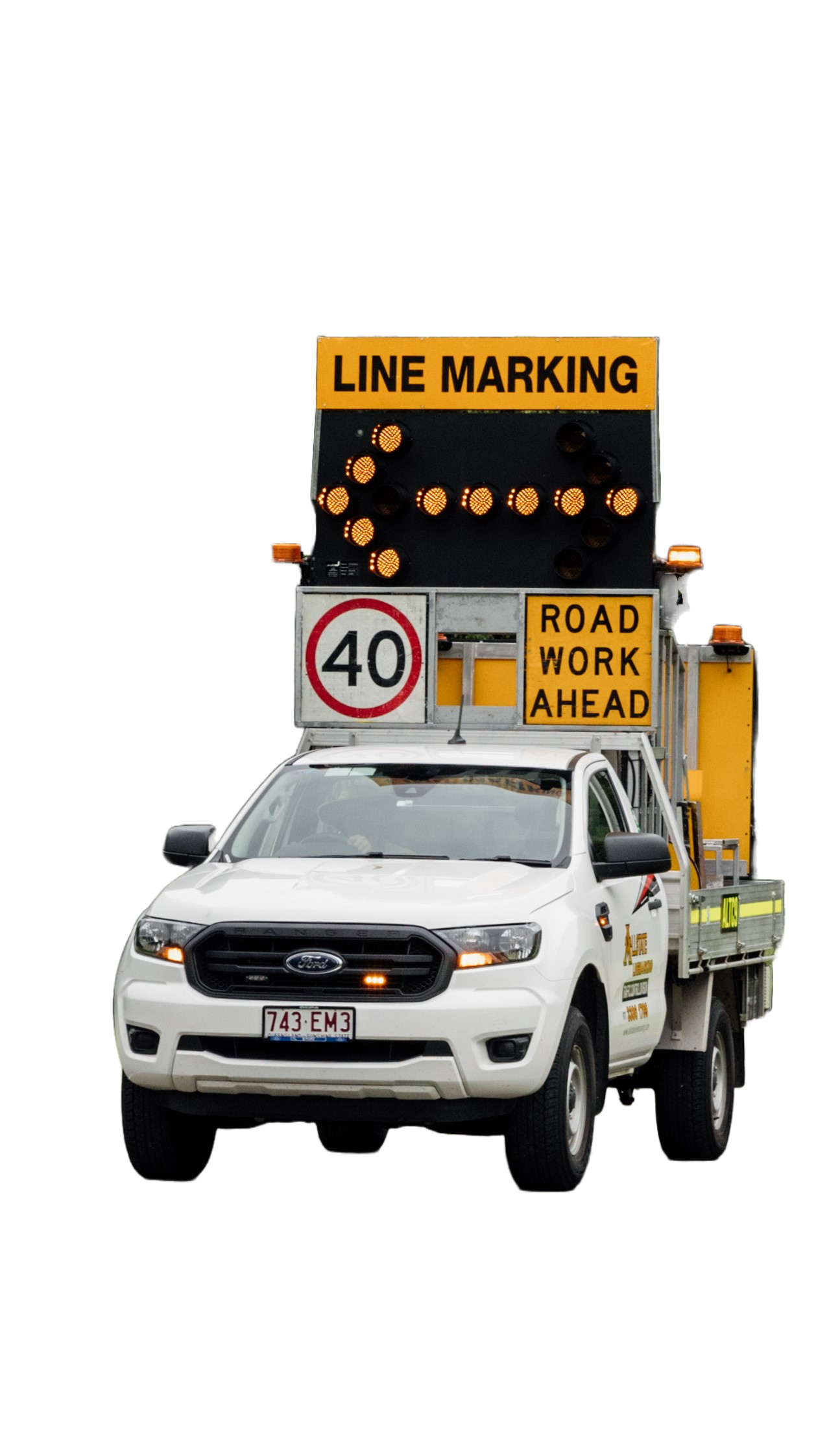Just like longitudinal line marking, transverse markings play a vital role in road user safety and are responsible for guiding road users safely along their travel lane to help avoid collision with other road users or structures.
Transverse markings are generally wider than typical longitudinal lines and help drivers differentiate between the two markings.
Most commonly used at all major and minor intersections and highway on-ramps and off-ramps, transverse markings show clear and precise guidance to eliminate confusion and help reduce accidents. Similar to longitudinal line marking, to effectively manage these conditions, transverse markings require high retro-reflectivity and skid-resistant capabilities.
Transverse markings are applied to the surface using purpose built pedestrian machines which cater for waterborne paint, screeded thermoplastic and cold applied plastic materials. Markings are also installed with pre-formed thermoplastic shapes using heat to ensure binding and correct installation with the surface.
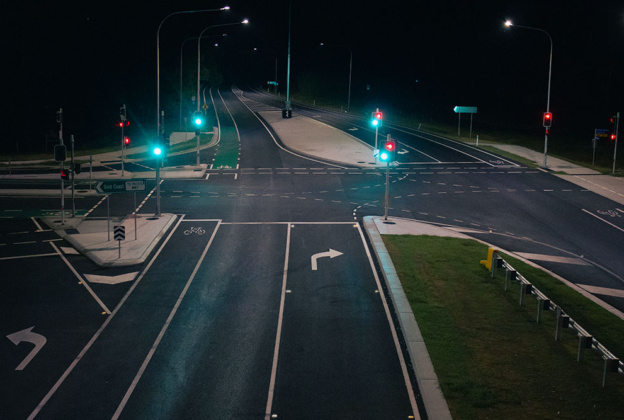
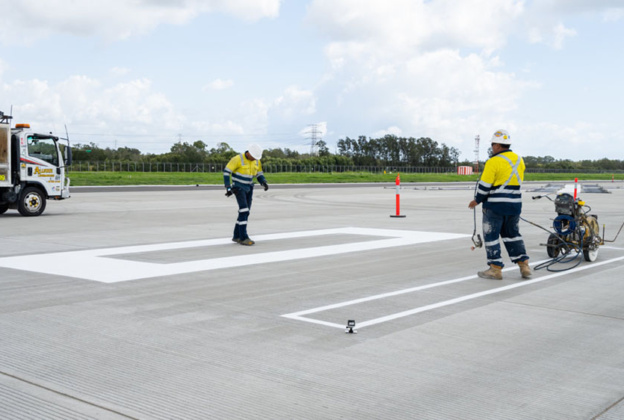
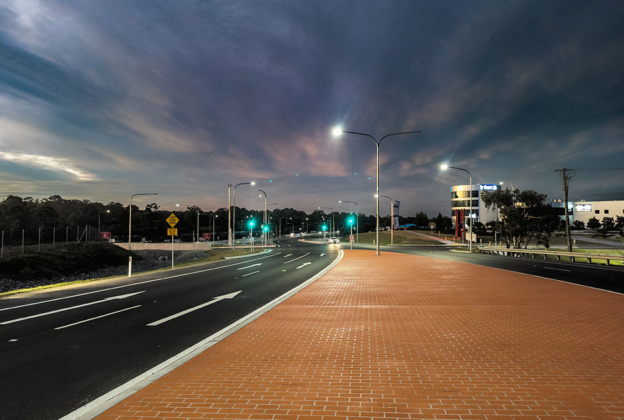
Other transverse road marking items include, but not limited to;
- Stop bars
- Give way bars
- Directional pavement arrows
- Chevrons
- Pedestrian Crossings
- Speed Numerals
- Lettering
- Bicycle symbols
- Rail crossings
Road markings, in particular line markings, have one of the highest cost to benefit ratios in the fight against fatal and serious injuries on Australian roads. A system of clear and effective pavement markings is also essential for the proper guidance and control of vehicles and pedestrians.


